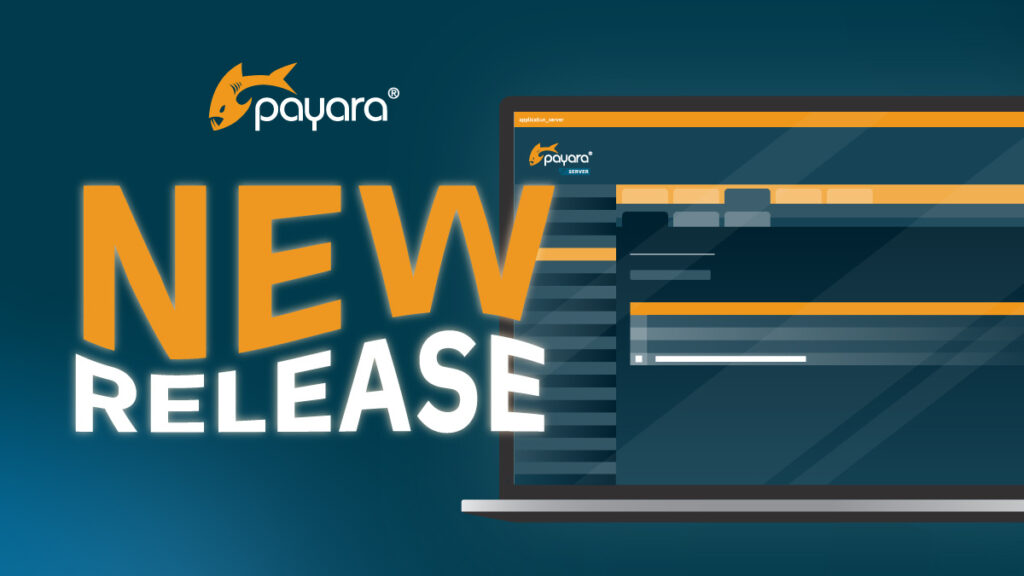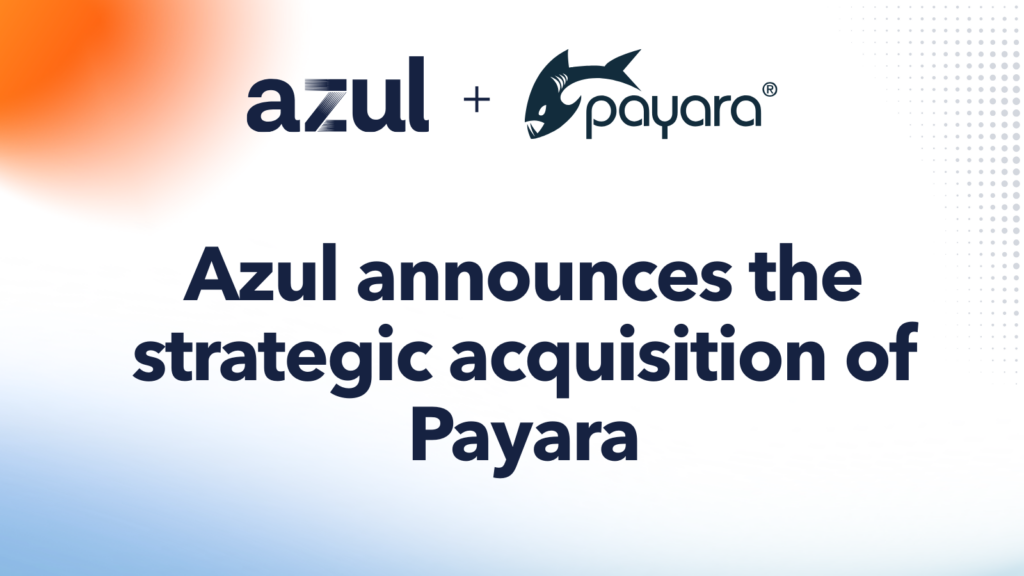 1 minute
1 minute
Scalable Enterprise Java for the Cloud
We’re excited to introduce Scalable Enterprise Java for the Cloud, a new free eBook created through a close collaboration […]

Working with enterprise Java databases can sometimes feel like swimming upstream. Jakarta EE 11’s Jakarta Data helps developers glide through data operations effortlessly, cutting complexity and keeping projects flowing smoothly.
In this blog post, we look at what Jakarta Data brings to the table and how it can transform everyday Java development tasks.
Jakarta EE is evolving, and one of the most talked-about additions in the latest release (Jakarta EE 11) is Jakarta Data, a framework designed to simplify how developers interact with databases. By reducing boilerplate and offering a more intuitive approach, Jakarta Data promises to make enterprise Java development cleaner, faster and more maintainable.
Traditionally, data access required a lot of boilerplate code, complex design patterns and careful maintenance. Historically, enterprise Java developers have been on the hook for setting up numerous classes just to talk to a database. CRUD operations required the Data Access Object (DAO) pattern, with multiple classes, plus JPA Criteria API scripting for complex queries.
This extra work meant hundreds of lines of boilerplate and maintenance headaches.Even more, this combination can introduce latency, bugs and scalability issues. Jakarta Data addresses this head-on.
At its core, Jakarta Data simplifies database operations by standardizing repository patterns. Instead of navigating multiple layers and classes, developers now only need to define a single interface.
Jakarta Data solves this with a clean, single-interface approach built atop Jakarta CDI. Developers define their repositories using new annotations, and Jakarta Data handles the heavy lifting at runtime. The result is:
By introducing a unified repository abstraction using familiar annotations, Jakarta Data standardizes and streamlines how developers write code for data operations. Jakarta Data is particularly effective for applications with one-to-one table relationships, which covers a large portion of enterprise workloads, but also supports advanced scenarios, such as many-to-many relationships, multi-database interactions, or complex entity mappings, may require additional configuration.
At Payara, we took a modular, independent approach to implementing Jakarta Data, ensuring our solution was fully compatible with Jakarta EE 11. The team modularized requirements and maintained close collaboration to ensure rapid, robust support. This approach enabled Payara Platform Community 7 Beta to achieve fast Jakarta EE 11 certification. In effect, Payara is the first vendor to be compliant across all three Jakarta EE 11 profiles: Core, Platform and Web.
Payara’s implementation doesn’t stop with baseline Jakarta Data support. The team is actively working on enhancements, including merging of JDQL interpretation and query name creation parsers, promising even more efficient, developer-friendly experiences in upcoming releases.
Jakarta Data marks a key shift in enterprise Java. With Jakarta EE 11 and Payara Platform Community 7 Beta, building robust, modern, data-driven applications just got dramatically easier.
Ready to go deeper? Download Payara Platform Community 7 Beta to explore, contribute feedback and take full advantage of Jakarta Data for your projects.
 1 minute
1 minute
We’re excited to introduce Scalable Enterprise Java for the Cloud, a new free eBook created through a close collaboration […]
 3 minutes
3 minutes
The December 2025 releases bring targeted improvements and security updates across Payara Platform Enterprise versions 5.82.0 and 6.33.0 as […]
 4 minutes
4 minutes
Strategic acquisition bolsters Azul’s Java platform with complementary products, deep Java expertise and accelerated go-to-market capabilities SUNNYVALE, Calif., and MALVERN, […]